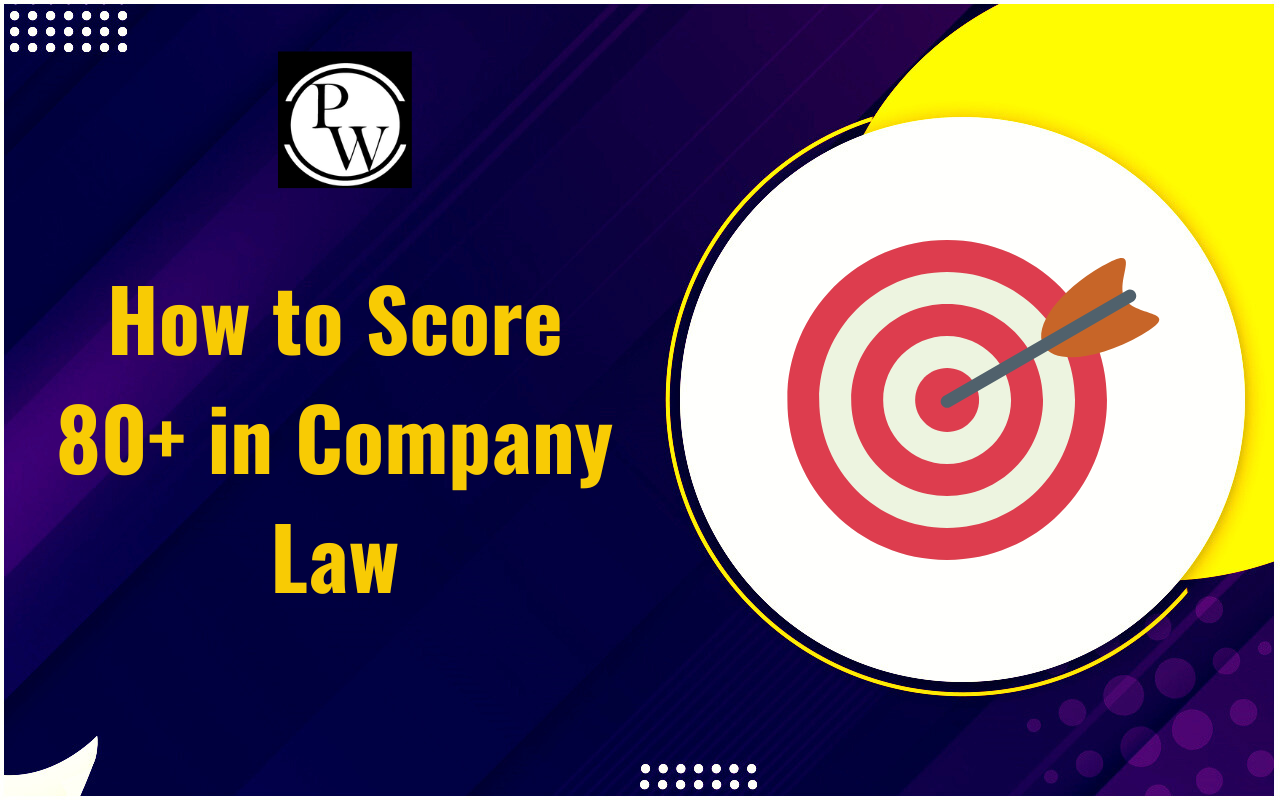

Difference Between Annual General Meeting vs. Extraordinary General Meeting: In corporate governance, general meetings play a pivotal role in facilitating communication between a company's management and its shareholders. Among the most important meetings in the corporate world are the Annual General Meeting (AGM) and the Extraordinary General Meeting (EGM). These meetings provide platforms for shareholders to make crucial decisions about a company's future. Understanding the differences between these two types of meetings is essential for Company Secretaries (CS), as it helps in the proper administration and compliance with legal requirements. This article outlines the key differences, legal framework, and significance of AGMs and EGMs for CS professionals.
What is an Annual General Meeting (AGM)?
An Annual General Meeting (AGM) is a mandatory meeting that must be held once every year for a company. According to Section 96 of the Companies Act, 2013, every company, except for a One Person Company (OPC), is required to conduct an AGM. The primary purpose of the AGM is to discuss the company’s performance over the past year, present audited financial statements, and elect directors or re-elect existing ones, among other essential decisions.
Key Features of an AGM:
Timing: An AGM must be held within six months from the end of the financial year, with a maximum gap of 15 months between two AGMs.
Agenda: The agenda typically includes the approval of financial statements, declaration of dividends, appointment or reappointment of directors, and the appointment of auditors.
Notice: A minimum of 21 clear days’ notice must be given to all members of the company.
Mandatoriness: It is a compulsory meeting under the Companies Act, 2013.
Shareholder Involvement: Shareholders are expected to participate, ask questions, and vote on resolutions.
Filing Requirements: CS professionals are responsible for filing the resolutions passed during the AGM with the Registrar of Companies (RoC).
Importance for CS Professionals:
- The CS ensures compliance with legal requirements.
- Prepares agendas, notices, and minutes for the AGM.
- Coordinates with the company’s auditors for the financial presentation.
- Ensures the proper conduct of elections and resolutions.
What is an Extraordinary General Meeting (EGM)?
An Extraordinary General Meeting (EGM) is a meeting that is called outside of the regular AGM cycle to address urgent matters that require immediate attention. These matters could include special resolutions like mergers, acquisitions, or changes in capital structure. An EGM can be convened at any time during the year.
Key Features of an EGM:
Timing: EGMs are called as needed, typically in urgent situations, and there is no fixed timeframe for such meetings.
Agenda: The agenda is focused on specific matters requiring shareholder approval, such as amendments to the company’s Memorandum and Articles of Association, or decisions related to raising funds, or changes in business direction.
Notice: A minimum of 21 clear days' notice is required, though an EGM can sometimes be called on shorter notice if all members agree.
Flexibility: Unlike the AGM, an EGM is not required by law to be held annually. It is convened whenever deemed necessary.
Shareholder Involvement: Shareholders have the opportunity to discuss and vote on the critical issues presented.
Filing Requirements: The resolutions passed in an EGM are also filed with the RoC, similar to the AGM.
Importance for CS Professionals:
-
The CS ensures the legality of convening the EGM, especially if called at short notice.
-
The CS coordinates the preparation of the agenda, notices, and minutes.
-
They are also responsible for filing the resolutions passed with the RoC.
Key Differences Between AGM and EGM
Below we've mentioned the key difference between Annual General Meeting vs Extraordinary General Meeting:
| Difference Between Annual General Meeting vs Extraordinary General Meeting | ||
| Aspect | Annual General Meeting (AGM) | Extraordinary General Meeting (EGM) |
| Legal Requirement | Compulsory under Section 96 of the Companies Act, 2013 | Not mandatory, convened as needed (Section 100 of the Companies Act, 2013) |
| Frequency | Held once a year, within 6 months from the end of the financial year. | Held as required, can be convened at any time during the year. |
| Purpose | To review the company’s performance, approve financials, declare dividends, elect directors, and appoint auditors. | To discuss urgent or special matters that require immediate attention, such as mergers, acquisitions, or changes in capital structure. |
| Matters Discussed | Financial statements, dividend declarations, election of directors, appointment of auditors, approval of previous AGM minutes, etc. | Urgent issues like changes to the company’s Articles of Association, mergers, acquisitions, alterations to capital, etc. |
| Notice Period | Minimum of 21 clear days’ notice to shareholders. | Minimum of 21 clear days’ notice (except in case of shorter notice agreed by all members). |
| Quorum Requirements | Defined in the company’s Articles of Association, typically 2 members for private companies and 2 or more members for public companies. | As defined in the Articles of Association. Often, a lower quorum might apply due to the urgent nature of the meeting. |
| Shareholder Participation | Shareholders are invited to ask questions, discuss agenda items, and vote on resolutions. | Shareholders vote on specific, urgent resolutions and have the opportunity to ask questions related to those matters. |
| Type of Resolutions | Ordinary Resolutions (simple majority required) and Special Resolutions (requires a three-fourths majority). | Primarily Special Resolutions requiring a three-fourths majority. |
| Filing with Registrar of Companies (RoC) | Mandatory to file resolutions passed with the RoC, including resolutions related to dividends, election of directors, etc. | Resolutions passed must be filed with the RoC, especially if changes to the company structure, Articles, or capital are made. |
| Agenda | Routine matters related to annual financials, management, and business operations. | Focused on urgent and exceptional matters requiring shareholder approval. |
| Conducting the Meeting | Scheduled well in advance, and often held at a fixed time annually. | Can be called at short notice depending on the urgency of the matter. |
| Duration | Typically longer due to multiple routine matters being discussed. | Generally shorter as only urgent matters are discussed. |
| Filing Forms (for resolutions) | Forms like MGT-14 are filed with RoC for resolutions passed during the AGM (e.g., change in directors, financials approval). | Similar filing requirements as AGM but more focused on urgent changes like capital restructuring or changes in Articles. |
| Filing Deadlines | Must be held within 6 months of the end of the financial year, with a gap of no more than 15 months between two AGMs. | There is no fixed timeline; it can be held at any time, depending on the urgency. |
| Approval of Financial Statements | Annual financial statements must be approved in the AGM. | Financial statements are typically not discussed unless specifically required. |
| Record of Decisions (Minutes) | Detailed minutes are recorded covering various agenda points and decisions made. | Minutes are recorded specifically for the urgent resolutions discussed and passed. |
Legal Framework:
Both the AGM and EGM are governed by the Companies Act, 2013, which outlines the procedures for calling, conducting, and filing resolutions from these meetings. Specifically:
- Section 96 of the Companies Act, 2013 mandates the holding of the AGM.
- Section 100 of the Act provides provisions for the convening of an EGM, either by the board of directors or upon the request of shareholders holding a certain percentage of voting rights.
Role of the Company Secretary (CS)
For a Company Secretary (CS), understanding the procedures surrounding AGMs and EGMs is essential to ensure compliance with legal requirements and facilitate smooth operations. Some of the primary responsibilities include:
Drafting Notices and Agenda: Ensuring that notices for both AGMs and EGMs are prepared and dispatched on time.
Filing with RoC: After each meeting, the CS ensures that resolutions passed are filed with the Registrar of Companies, as required by law.
Maintaining Minutes: The CS must record the minutes of both AGMs and EGMs accurately, highlighting the discussions and resolutions passed.
Shareholder Communication: CS professionals serve as the point of contact for shareholders, providing information about the meetings and answering queries related to the matters being discussed.
Compliance Monitoring: Ensuring that all procedural requirements are met, including quorum requirements and the valid approval of resolutions.
Both Annual General Meetings (AGMs) and Extraordinary General Meetings (EGMs) serve crucial purposes in corporate governance, providing platforms for shareholder decisions. While the AGM is a regular annual requirement to assess a company’s overall performance, the EGM is convened to handle urgent matters that arise unexpectedly. For Company Secretaries (CS), it is essential to have a clear understanding of both types of meetings to ensure legal compliance, efficient management, and accurate documentation. A well-conducted AGM or EGM can significantly impact a company's future, making the role of the CS in these processes invaluable.
Annual General Meeting vs. Extraordinary General Meeting FAQs
What is the primary difference between an AGM and an EGM?
Who can call an Extraordinary General Meeting (EGM)?
How much notice is required to call an AGM or EGM?
Can financial statements be discussed at an EGM?
What types of resolutions are passed at AGMs and EGMs?













